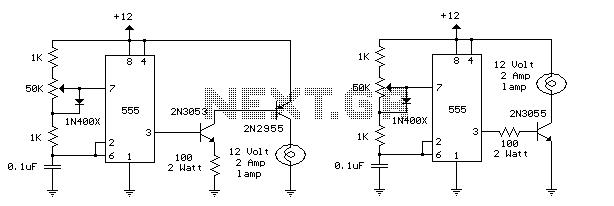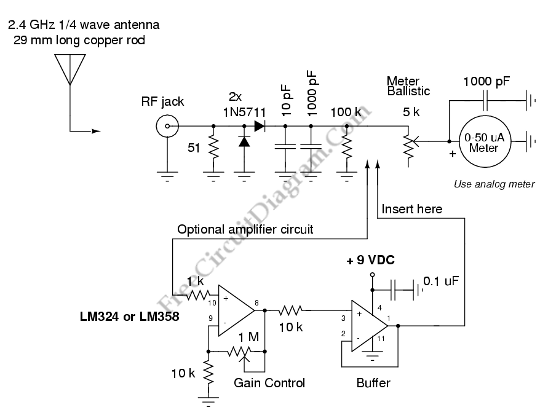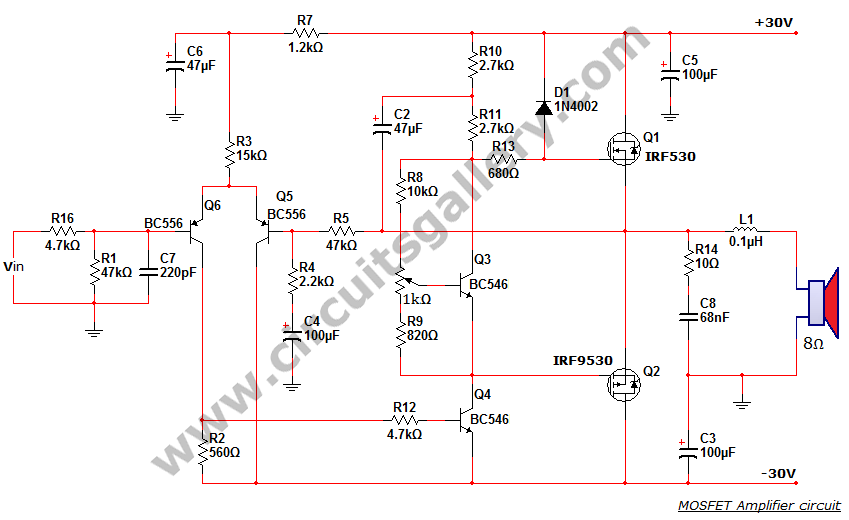
TRIAC Light Dimmer Circuit

This circuit is designed to dim lights with a maximum capacity of approximately 350 watts. It employs a standard TRIAC circuit configuration, which has been observed to generate minimal heat during operation. It is important to note that this circuit is not suitable for use with fluorescent lighting.
The dimmer circuit utilizes a TRIAC (Triode for Alternating Current), a semiconductor device that can control power flow in AC circuits. The basic operation involves phase control, where the TRIAC is triggered at a specific point in the AC waveform. By delaying the triggering point, the effective voltage and current supplied to the load (in this case, incandescent or LED lights) are reduced, resulting in dimming.
The circuit typically includes a few key components: a TRIAC, a diac (if necessary for triggering), a potentiometer for adjusting the dimming level, and various passive components such as resistors and capacitors for stability and filtering. The TRIAC is connected in series with the load, and the gate of the TRIAC is controlled by the phase control mechanism.
When the circuit is powered, the potentiometer adjusts the voltage at the gate of the TRIAC, controlling when it turns on during each AC cycle. As the resistance of the potentiometer is varied, the point at which the TRIAC is triggered changes, allowing for a smooth transition between full brightness and complete dimming.
It is crucial to ensure that the TRIAC selected for this application can handle the load current and voltage. The heat generation is minimal due to the efficient design of the TRIAC, but adequate heat sinking may still be necessary depending on the specific load conditions and ambient temperature.
This circuit is not compatible with fluorescent lights due to their different electrical characteristics and the way they operate. Fluorescent lights require a different type of dimming circuit, typically involving electronic ballasts designed specifically for that purpose.
Overall, this TRIAC-based dimmer circuit is an effective solution for controlling the brightness of incandescent and compatible LED lights, providing a simple and efficient way to enhance lighting environments.This little circuit can be used to dim lights up to about 350 watts. It uses a simple, standard TRIAC circuit that, in my expirience, generates very little heat. Please note that this circuit cannot be used with fluorescent lights. 🔗 External reference
The dimmer circuit utilizes a TRIAC (Triode for Alternating Current), a semiconductor device that can control power flow in AC circuits. The basic operation involves phase control, where the TRIAC is triggered at a specific point in the AC waveform. By delaying the triggering point, the effective voltage and current supplied to the load (in this case, incandescent or LED lights) are reduced, resulting in dimming.
The circuit typically includes a few key components: a TRIAC, a diac (if necessary for triggering), a potentiometer for adjusting the dimming level, and various passive components such as resistors and capacitors for stability and filtering. The TRIAC is connected in series with the load, and the gate of the TRIAC is controlled by the phase control mechanism.
When the circuit is powered, the potentiometer adjusts the voltage at the gate of the TRIAC, controlling when it turns on during each AC cycle. As the resistance of the potentiometer is varied, the point at which the TRIAC is triggered changes, allowing for a smooth transition between full brightness and complete dimming.
It is crucial to ensure that the TRIAC selected for this application can handle the load current and voltage. The heat generation is minimal due to the efficient design of the TRIAC, but adequate heat sinking may still be necessary depending on the specific load conditions and ambient temperature.
This circuit is not compatible with fluorescent lights due to their different electrical characteristics and the way they operate. Fluorescent lights require a different type of dimming circuit, typically involving electronic ballasts designed specifically for that purpose.
Overall, this TRIAC-based dimmer circuit is an effective solution for controlling the brightness of incandescent and compatible LED lights, providing a simple and efficient way to enhance lighting environments.This little circuit can be used to dim lights up to about 350 watts. It uses a simple, standard TRIAC circuit that, in my expirience, generates very little heat. Please note that this circuit cannot be used with fluorescent lights. 🔗 External reference





